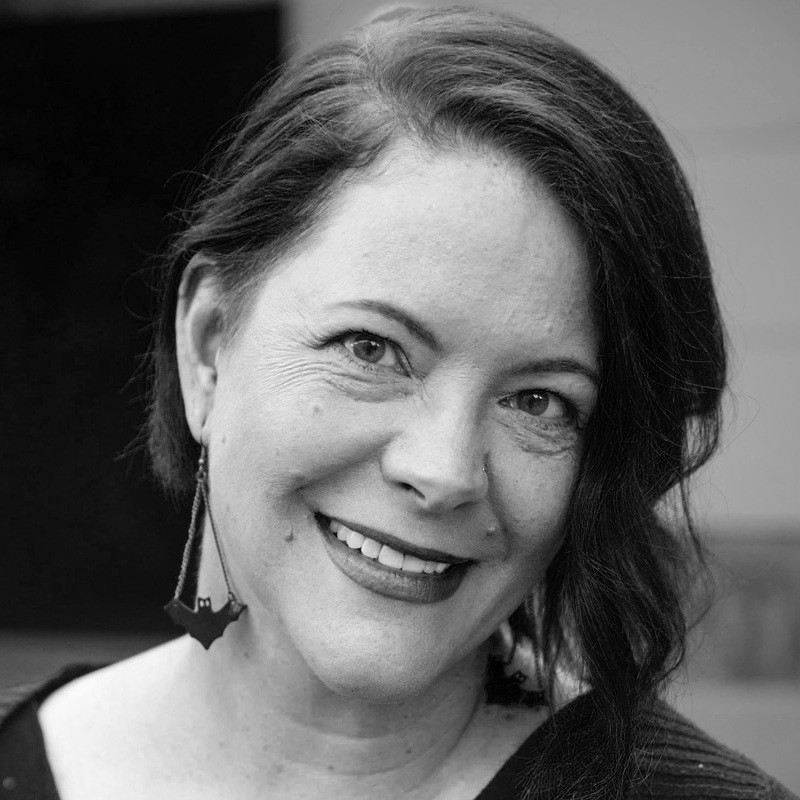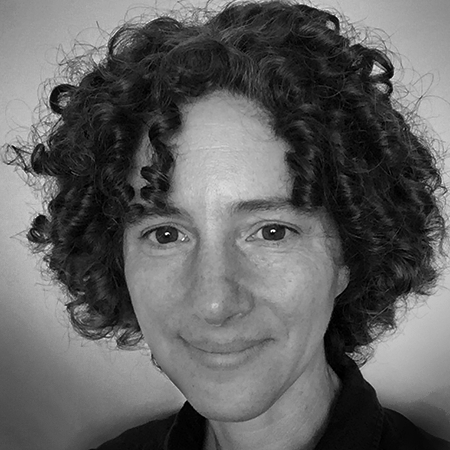.mission
Data to Discovery’s mission is to enable and critically engage scientific discovery through experimental interdisciplinary collaborations in computing, art, co-design and research.
We bring together interdisciplinary teams of researchers and faculty from NASA/JPL, Caltech and Art Center College of Design with students from around the United States. We co-design advanced interactive visualization systems with NASA/JPL and Caltech scientists and engineers and study the social, aesthetic and cultural implications of this work.
Our roots are in human-computer interaction and perception research first developed by Norbert Wiener and others in the 1940s, 20th century avant garde experiments in art, science, technology and design developed at the Bauhaus, Black Mountain College, the MIT Center for Advanced Visual Studies and elsewhere, and radical participatory design proposals developed in the 1970s with Scandinavian inclusive social movements.
Working from these diverse lineages, we galvanize the latest methods in human computer interaction, data visualization, 3D graphics, user-centered and interaction design to create new modes of perceiving and understanding data. We co-design interactive visualization systems with NASA/JPL and Caltech scientists and engineers that enable scientists and engineers to explore their data, validate hypotheses, and gain new insights. Many of these projects gone on to be successfully developed into tools to explore Mars, better understand earth’s environment and climate, shed light on long-standing mysteries of physics, and other areas of research.
Studying this work through the lenses of critical art and humanities approaches to understanding data, we respond to the fundamental ontological and epistemological question, “how do we know?” This program is at once a scientific endeavor, an artistic practice and a cultural contribution based on traditions of interdisciplinary art, science and technology experiments, critical media, radical cartography, conceptual and performance art and social and interventionist art practices. Our actions and the visual artifacts – photos, sketches, videos, computationally generated and interactive media – show how scientific knowledge is not only shaped from data and theory, but also constructed from subjective human perception, socialization and acculturation.
We place the expertise of scientists, technologists, designers, artists and humanists in parallel and collaboration to explore and make sense of chaotic and messy scientific data. Our approaches to seeing, understanding and knowing are diverse and multiple. When we bring multiple perspectives together, we create and expand knowledge far beyond any singular perspective. At the same time, we explore the limits of data, perception and knowledge.
.program
Each project begins in the fall and early winter, when we seek and establish new collaborations from science and engineering groups at JPL and Caltech. Meanwhile, we recruit an interdisciplinary team of student interns to work intensively on these projects for 10 weeks in the summer. Throughout the summer, the program advisors mentor interns in computing and co-designing interactive data visualization tools with our science and engineering collaborators, as well as developing critical and artistic perspectives of these practices.
To develop the visualization tools, students work closely with scientific or engineering researchers to understand their research and identify, design and develop relevant modes of visualizing their data. Through intensive discussions with researchers and exploration of the data in the first few weeks, the visualization team gains a relevant understanding of the science and engineering data. Thereafter, researchers and students meet weekly to discuss the data, the researchers’ scientific goals and needs and provide feedback on the relevance of design iterations to their research and data. Students also meet weekly with the visualization advisors to present work in progress, ask questions, and get feedback. At the end of the summer, researchers have operating bespoke visualization software prototypes to facilitate, enhance and optimize and accelerate scientific research.
In tandem, we are expanding our program to develop critical and artistic perspectives of the relationships between human perception and knowledge systems. These explorations are done independently and collaboratively in parallel with the development of the visualization tools.
We frequently continue collaborations beyond the summer when the projects show promise for expanding and digging deeper. See our “recognition” and “projects” pages for examples of how our projects have evolved.
.team





.students
CALL FOR SUMMER INTERNS – 2024 CALL
We seek talented, passionate, self-motivated students with skills and experience in data visualization, or disciplinary experience in computer science, interaction design, human-computer interaction, media art, speculative media design or related disciplines.
Applications for 2024 (NOW OPEN!).
Archived InfoSession for 2021 internships Video Recording
CS Team Members
dataviz, HCI, computer science (modular coding), web based coding, ability to anticipate and adapt to new types of code; discrete math, graph theory, statistics; physics. D3.js, P5.js, Three.js, VTK, React, Unity experience a plus.
Design Team Members
Interaction design, user centered design, graphic design, 3D animation, collaborative coding and/or design. Figma, AdobeXD/Sketch, HTML/CSS experience a plus.
Students should be interested in working on research quality problems. Students will be the primary communicators with scientists and engineers; students’ understanding of the data and visualization challenges will contribute significantly to the scope and shape of the project.
Dates
10 weeks | June 17 – August 16, 2024 (TBD)
Location
In person in Pasadadena, California.
Eligibility
This is NASA/JPL internship, and as such, it requires that students:
_ must be US citizens or permanent residents,
_ must be continuing students (eg, students graduating before fall 2024 are not eligible)
_ must have a GPA of 3.0 or greater
Salary
$9.6K* for undergraduates, $11.6K* for graduate students (* TO BE DETERMINED SOON)
APPLICATION
Interested should submit the application to [2024 call for interns form], which includes uploading your resume (PDF, +Portfolio if relevant) and answer some questions about your experience in data visualization. Applications include short questions on the following information:
- What are your technical/desing skills?
- What is your experience with data visualization?
- What is your experience working in multidisciplinary teams?
- What is your experience working in science?
- What do you hope to get out of this internship?
DEADLINE
[CS] Thursday February 15th 2024 by 8.59PM PST.
[DESIGN] Thursday February 29th 2024 by 8.59PM PST (or until position is filled).
OUR COMMITMENT
We are committed to building a diverse team. We welcome applications from groups that are historically minoritized in Computer Science and Design including BIPOC, LGBTQ+, and women.
.researchers
CALL FOR COLLABORATORS – 2024 SUMMER
Call for collaborators+data: We want hard problems to solve with visualization.
We are looking for people and projects that would benefit from innovative data visualization approaches. Ideal projects are those that already have large, complex, or interesting data sets that would benefit from creative design-informed visualization approaches involving interactivity, animation and still design formats. Clear, well defined problems with tangible outcomes that may be achieved within the limits of the summer are most appropriate.
HOW DOES FUNDING WORK?
Data to Discovery funds one (of two) students on every project team, as well as the time and costs for mentors. Researchers partners are required to fund one additional intern at SURF/JPL SIP rates.
DATES
10 weeks | June 17 – August 16, 2024 (TBD)
APPLICATION
Interested researchers need to submit a brief proposal [2024 call for collaborators+data form] (NOW OPEN!) by Monday, January 12th, 2024, 8:59pm.PST. Applications include questions regarding the following:
- What are your research questions? Why are they important?
- What are your current methods?
- What current visualizations do you use and what are their shortcomings?
- What would you hope for the design team to accomplish?
- Download a summary of questions 2024 call for data – summary pdf, then go directly to 2024 call for collaborators+data form.
Humanities scholars, artists, designers and writers
We need multiple, diverse perspectives. We are growing this aspect of the program and welcome new affiliations.
We are looking for people and projects that would benefit from intensive engagement with our interdisciplinary team and collaborating scientists (past or current). Ideal projects are those that have established creative, critical and/or visual approaches to working with data, science, and/or engineering contexts, human perception, and/or knowledge systems. Clear, well defined projects with tangible outcomes are most appropriate.
Let us know how you envision an affiliation.
- What are your research questions? Why are they important?
- What are your current methods?
- How do you currently engage critically with data and/or perception?
- What would you hope to accomplish with us?
.contact
